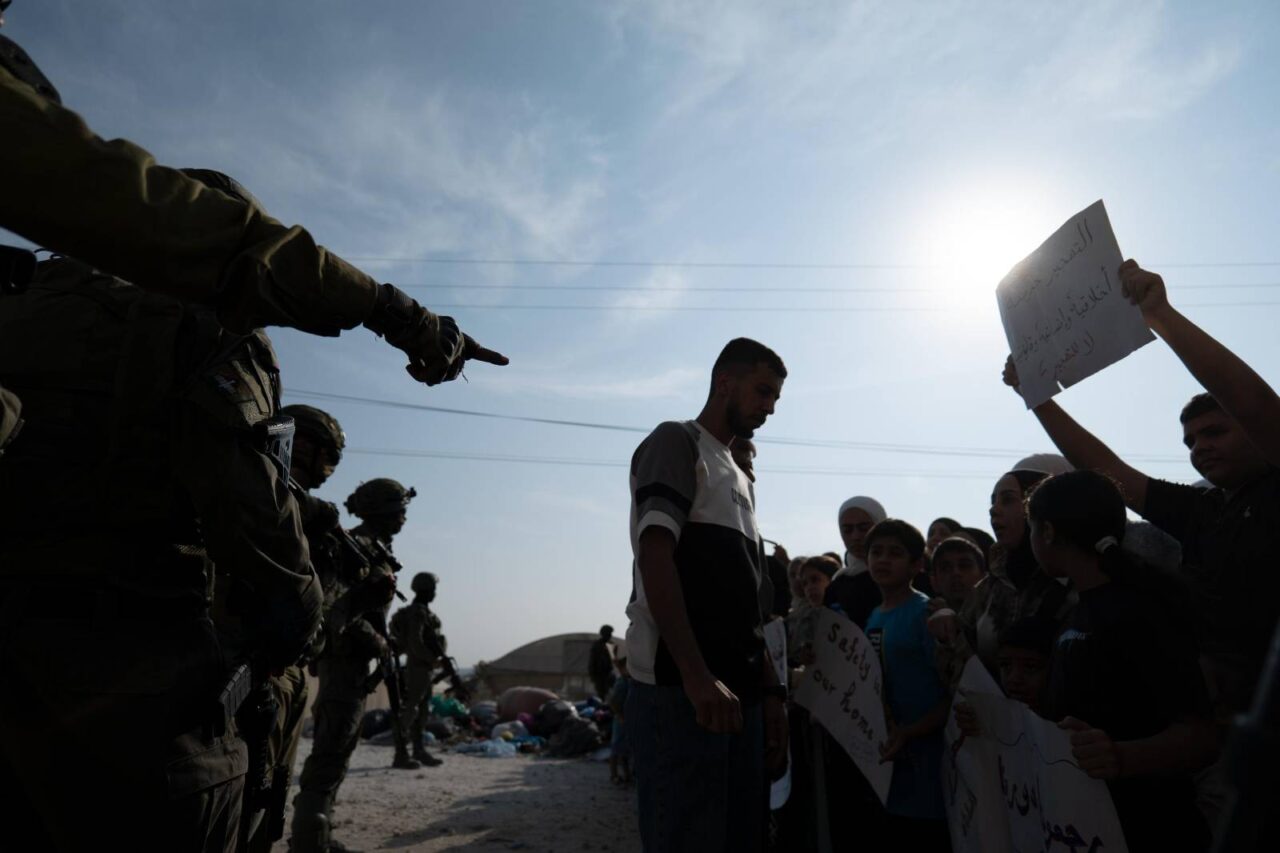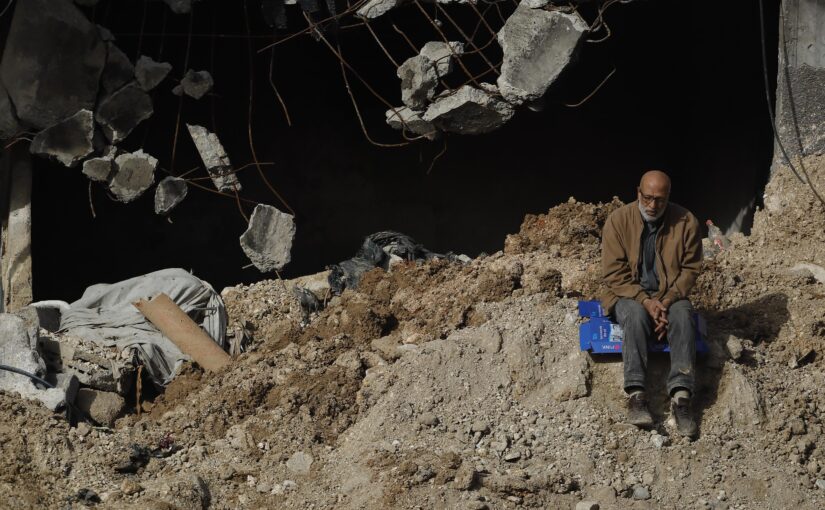Tag: refugee camp
-
Palestinian Refugees and the Right of Return
By Diana khwaelid Nur Shams camp – Dozens of Palestinians peacefully demonstrated to demand the return to their homes in the Nur Shams camp. Palestinian and international activists joined the demonstration in solidarity. “We want to return to our camp and our homes.” This was echoed by Palestinian demonstrators from the Nur Shams refugee camp…
-
Israel’s attacks on refugee camps in the West Bank
By Diana Khwaelid — Northern West Bank — 8th May 2025 The Israeli occupation forces continue their aggression on the city of Tulkarm and its camp for the 102nd consecutive day, and for the 89th day on the Nur Shams camp East of the city with a continuous escalation of raids, inspections, and demolition of…
-
Nine martyrs in Tulkarem: who will hold Israel accountable?
Israel has committed war crimes in Gaza, in the West Bank, in Syria, and in Lebanon. Who will hold them accountable for their crimes? By Diana Khwaelid | December 27, 2024 | Tulkarem, West Bank Nine Palestinian were martyred last week in Tulkarem and neighbouring cities during an Israeli military operation in refugee camps in…


